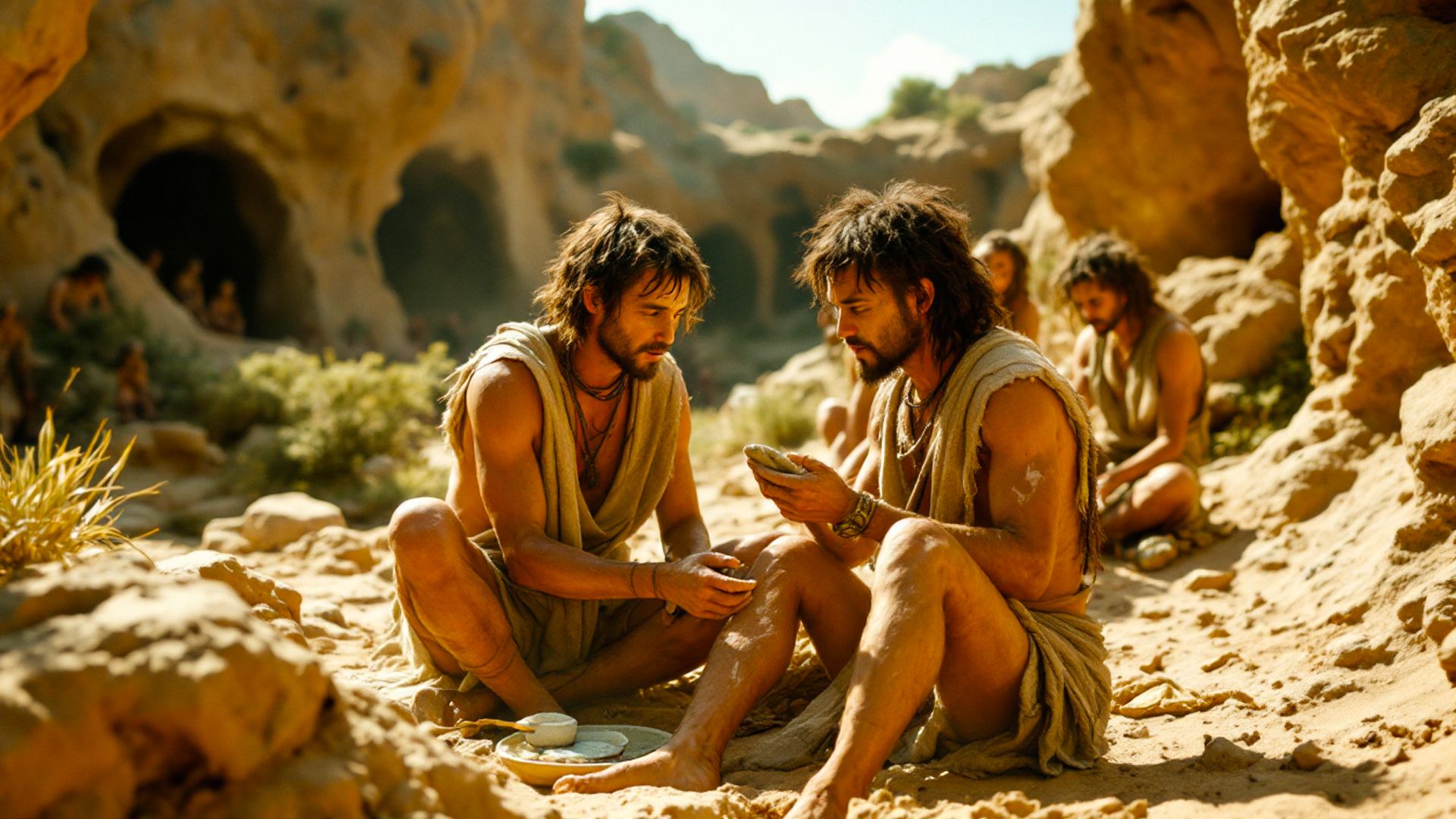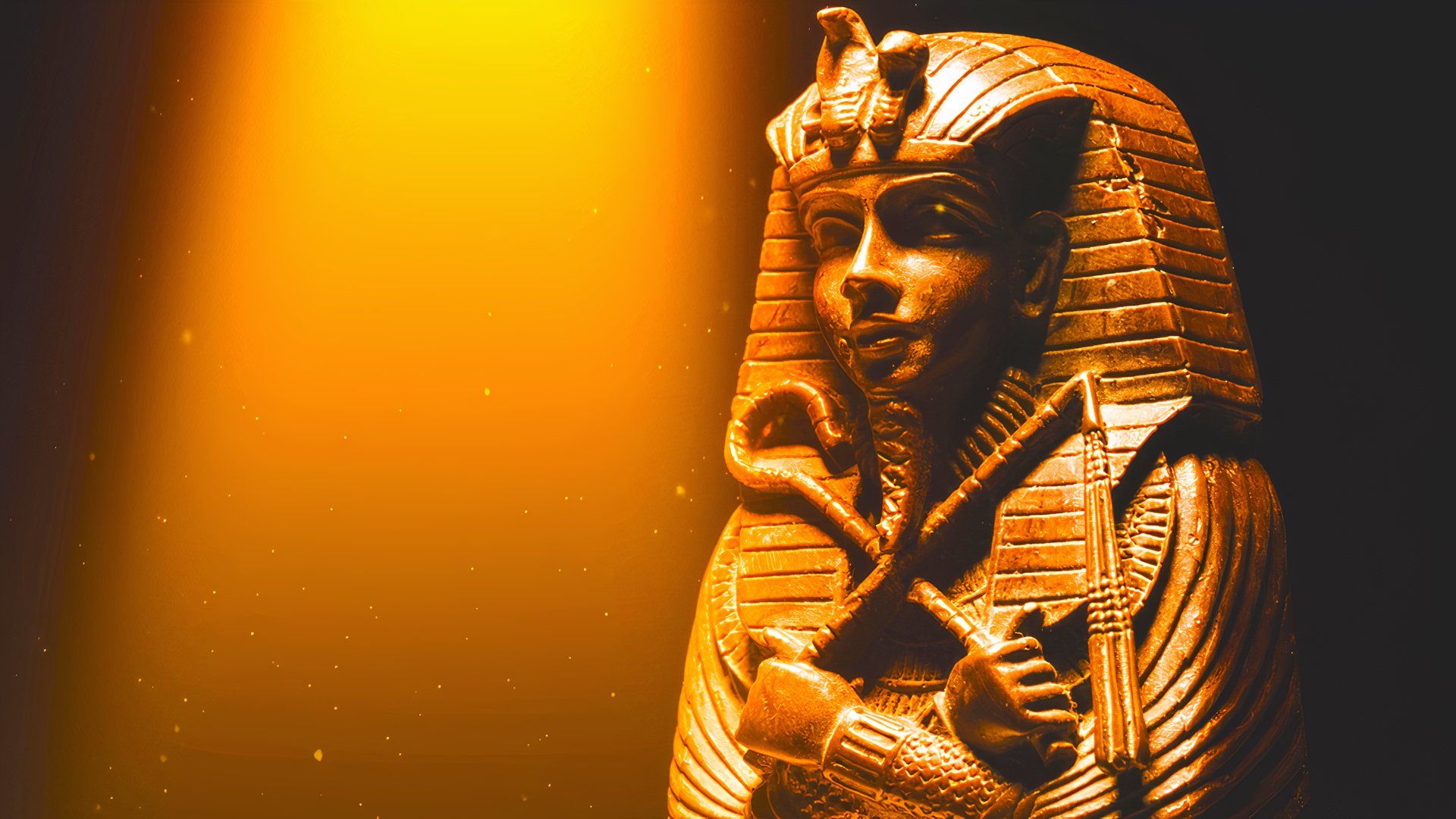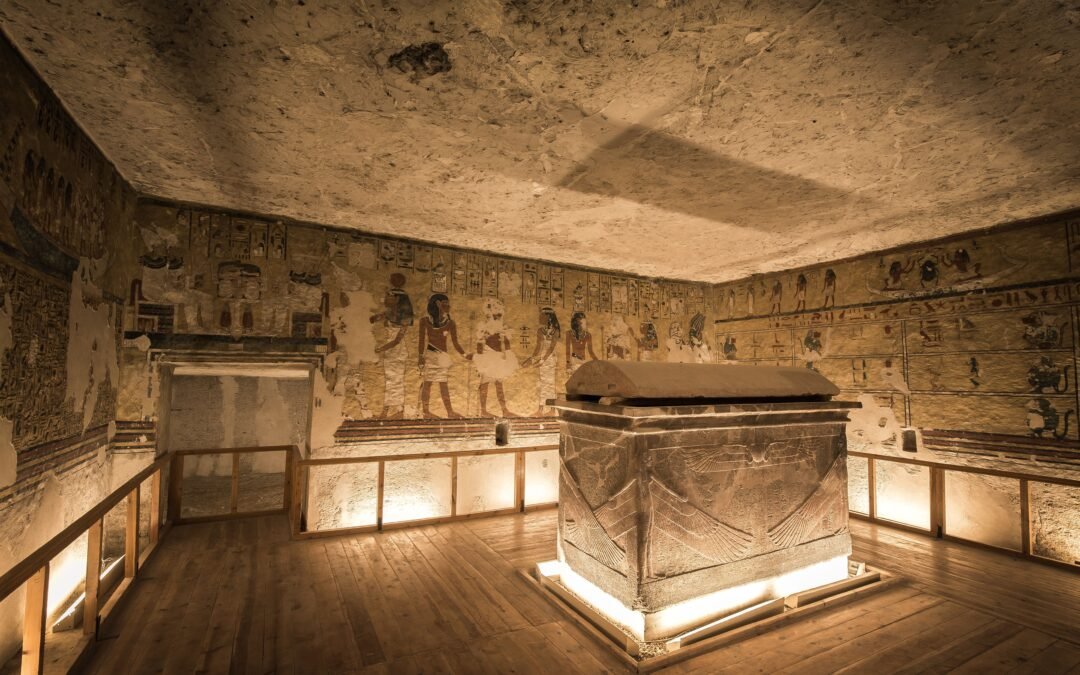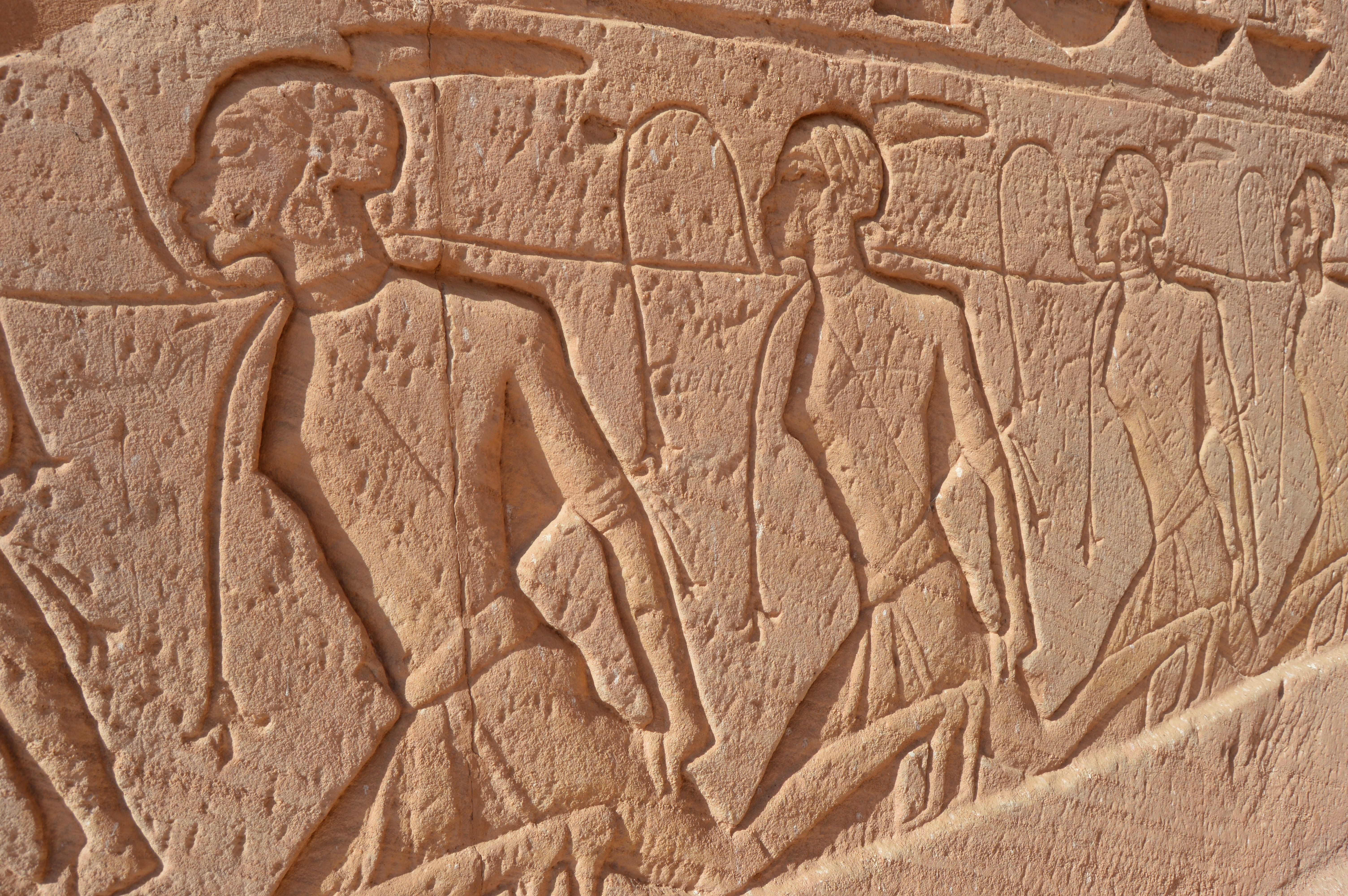Archaeologists proceed to make fascinating discoveries in Egypt all these years later. Among the many latest findings was the “Secret Sarcophagus,” by the same scientists who found Egypt’s Giza Pyramid.
We have now one other discovery to announce, unrelated to the Italian staff that found the tomb of Osiris. This time, archaeologists uncovered a pink granite door, not simply any door, however one which contained the spirit of an vital determine over 4,000 years in the past.
We’ll take a better have a look at the thrilling discovery and what was discovered behind the large granite door. The pink granite door has fairly a historical past and represents an individual of significance. We’ll delve deeper into the which means behind the false door and what this implies for Egyptian historical past.

Associated
Cavemen Likely Used ‘Sunscreen’ To Survive Over 40,000 Years Ago
Because of a wierd “pure catastrophe,” people started utilizing this substance as a sunscreen to guard from dangerous UV radiation.
A 4,400-Yr-Previous Tomb Belonging To Prince Userefre Was Uncovered In Egypt Inside A False Door
Archaeologists made a discovery on the Saqqara archaeological web site within the Giza Governorate of Egypt. The location incorporates a false door linked to Egyptian royalty. The door was linked to Prince Userefre, son of Pharaoh Userkaf, who dominated Egypt from 2465 to 2458 BC in the course of the fifth Dynasty.
The groundbreaking “false door” discovery was the primary of its form. This door wasn’t simply any door. It stands 4.5 meters tall and 1.3 meters huge. The door was significantly carved from pink granite—a uncommon supply and one which can also be thought of prestigious.
The supplies had been sometimes utilized by these with an elevated standing, reserved for royalty and the elite.
The door contained “adorned with hieroglyphic inscriptions detailing the prince’s identify and titles,” in line with Fox News.
He was known as “hereditary prince, regional governor of Buto and Nekheb, royal scribe, minister, decide, and chanting priest.”
What Else Was Discovered Behind The False Door:
- Statues of King Djoser
- His spouse and his 10 daughters within the tomb
- A crimson granite desk with a listing of funerary choices
- A big black granite statue
- One other tomb entrance which was additionally made from pink granite
In line with a publish on Fb, this discovery was the primary of its form, and one which provides to Egypt’s storied historical past.
“To the north of the lintel, a discovery thought of the primary of its form within the Saqqara space was made, the place a gaggle of 13 pink granite statues seated on a high-backed bench was discovered. There are additionally statue heads at the next degree than the remainder of the statues, representing the wives of the tomb proprietor seated within the center, with two headless statues to the left, in entrance of which one other black granite statue was discovered, overturned, measuring roughly 1.35 meters in top.”
An enormous discovery, however one that also leaves some unanswered questions, like Prince Userefre’s authentic chamber.
Archaeologists Are But To Find The Precise Burial Chamber Of Prince Userefre
In line with Archaeo—Histories on X, particular codes nonetheless must be cracked. One such code is the unique web site of Prince Userefre’s burial chamber.
“Evaluation of the statue suggests it could have initially stood in or close to that very pyramid complicated. Why it was later moved to the tomb of Prince Userefre stays a thriller. To this point, archaeologists have but to find the precise burial chamber of Prince Userefre. Excavations on the web site are ongoing, with hopes of uncovering extra in regards to the life — and afterlife — of this long-lost royal.”
It stays to be seen if the unique web site shall be discovered by archaeologists.

Associated
Individuals have been on the lookout for the Tomb for 3800 years. Has this staff of researchers lastly discovered it?
Egyptian petroglyphs
As talked about earlier, a crimson granite providing desk was additionally discovered close by. This was one other burial apply by historical Egyptians. They’d use the desk for meals choices, because the deceased would “magically” devour religious choices.
In the end, the meals was symbolically eaten by the priest or a member of the deceased’s household in the course of the ritual.




Recent Comments